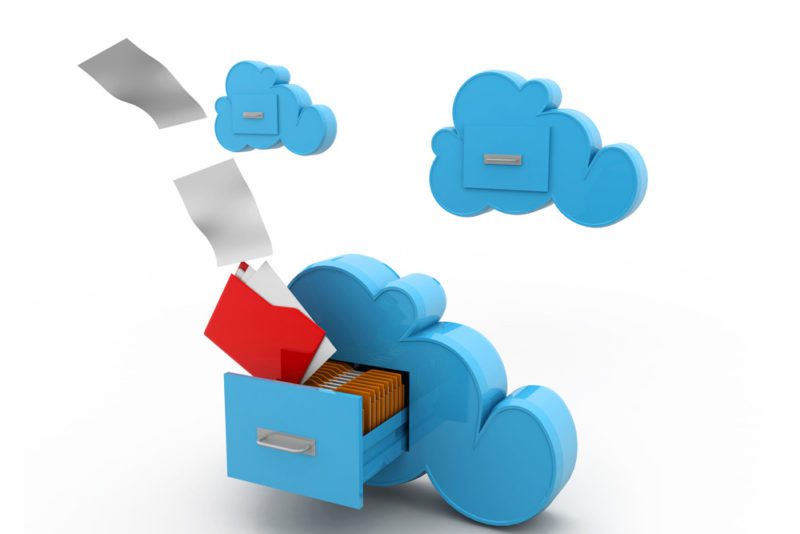Every business should back up its data. This principle applies whether the servers are on-premises or in the cloud. The modern organization is so dependent on data (some people have posited that data could be the new oil) that the loss of business information could grind operations to a halt and, in the worst case, cause the company’s permanent closure.
Backups ensure that business data is secured from irredeemable loss and is available whenever needed. There are multiple approaches an organization could take for its backup regimen. However, not all are equally effective. Many system administrators regard the 3-2-1 method as one of the most effective backup techniques. We’ll look at the 3 2 1 backup rule and why it is the one you should go with when defining your backup plan.
Backup Strategies: Why the 3-2-1 Backup Strategy is the Best
1. The 3 means have a minimum of three Copies of Data
Three copies imply that you should have two more copies at the minimum in addition to the production data. Why isn’t just one backup sufficient? Well, imagine if you have production data on storage device #1 and your backup in storage device #2, both of which have identical characteristics. No device is 100 percent immune from failure. There is always a statistical probability, no matter how slim, that any piece of hardware could fail.
So if your two devices are identical, their probability of failure is identical, too. If the odds of one failing is 1:100, then the chances of the two failing at the same time are 1:100 x 1:100, which is 1:10,000. Now, if you have a second backup device that is identical to these two, then the probability of simultaneous failure of the three becomes 1:100 x 1:100 x 1:100,, which is 1:1,000,000.
That is why having three copies of your data (or more) exponentially increases its safety and makes it much harder to lose it.
2. The 2 means Store Copies on at least two different Media
In the example we discussed in the preceding section, we assumed that the three copies would reside on identical devices. Whereas there is nothing inherently wrong in using the same type of device for your copies, one thing you shouldn’t do is have your copies in one location.
For instance, the disks in a RAID may theoretically be independent of one another (after all, RAID stands for Redundant Array of Independent Disks). However, in terms of the probability of failure, they aren’t. If one disk in a RAID fails, it’s not uncommon for another disk within the RAID to do so as well.
Perhaps the failure may be caused by an inadequate cooling system that causes the disks to overheat and corrupt the data. So if this affects one disk, it is only a matter of time before another disk within the same RAID succumbs to the same problem.
Ergo, you shouldn’t have your production data and the backup copies in the same location or on the same media. Ideally, you should keep your data on different types of storage. For example, if you have your production data in internal hard disks, then the backup copies can be on removable storage such as external hard drives, tapes, DVDs, CDs, or USB drives.
3. The 1 means keep at least one Backup Offsite
You have your backup copies on different media from production data. That’s an important step. But what would happen if a major disaster such as a fire, earthquake, flood, tornado, or tsunami swept through your business premises and destroyed everything in its wake? If both your production data and the backup copies are within the same premises and thus destroyed by the incident, then you’ll have lost all your data for good without hope for recovery.
Therefore, the third step in the 3-2-1 rule is to have at least one backup copy physically separated from the other copies. Keeping it in a different room won’t suffice, as there’s a chance a disaster could engulf the whole premises. Instead, take it offsite. This could be in a leased disaster recovery facility or a remote branch of the business.
The distance between the offsite location and the primary facility should be large enough to minimize the chances of an incident onsite affecting the offsite but small enough to facilitate speedy transportation of backups between the onsite and offsite. Cloud backup could play the role of an offsite backup and is arguably the most effective.
Think about it—the most sophisticated computer systems designed, built, and supported by well-established and deep-pocketed technology firms, can and do fail.”Computer systems crash whether due to human error or technical failure.
Virtually every organization can expect one or more of its servers to suffer a catastrophic failure at some point. It is therefore important to prepare beforehand for this eventuality by ensuring there are multiple copies of your data. Better yet, apply the proven 3-2-1 rule to keep the risk of permanent data loss extremely minimal.










![[Buy Now] CENAVA F14 Review Notebook Offer Price (Buying Guide) CENAVA F14](https://www.techinpost.com/wp-content/uploads/2017/12/image001-324x235.jpg)



